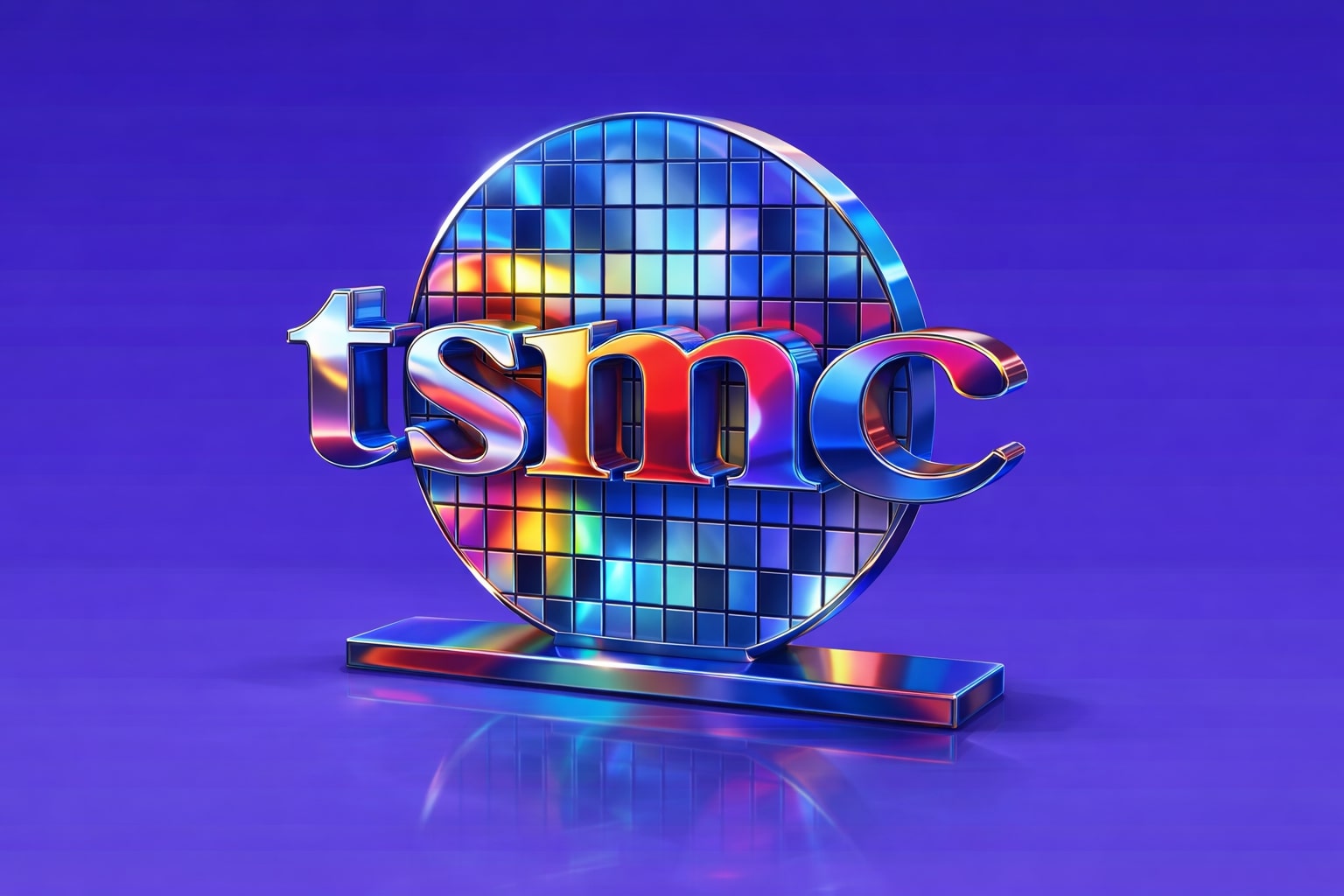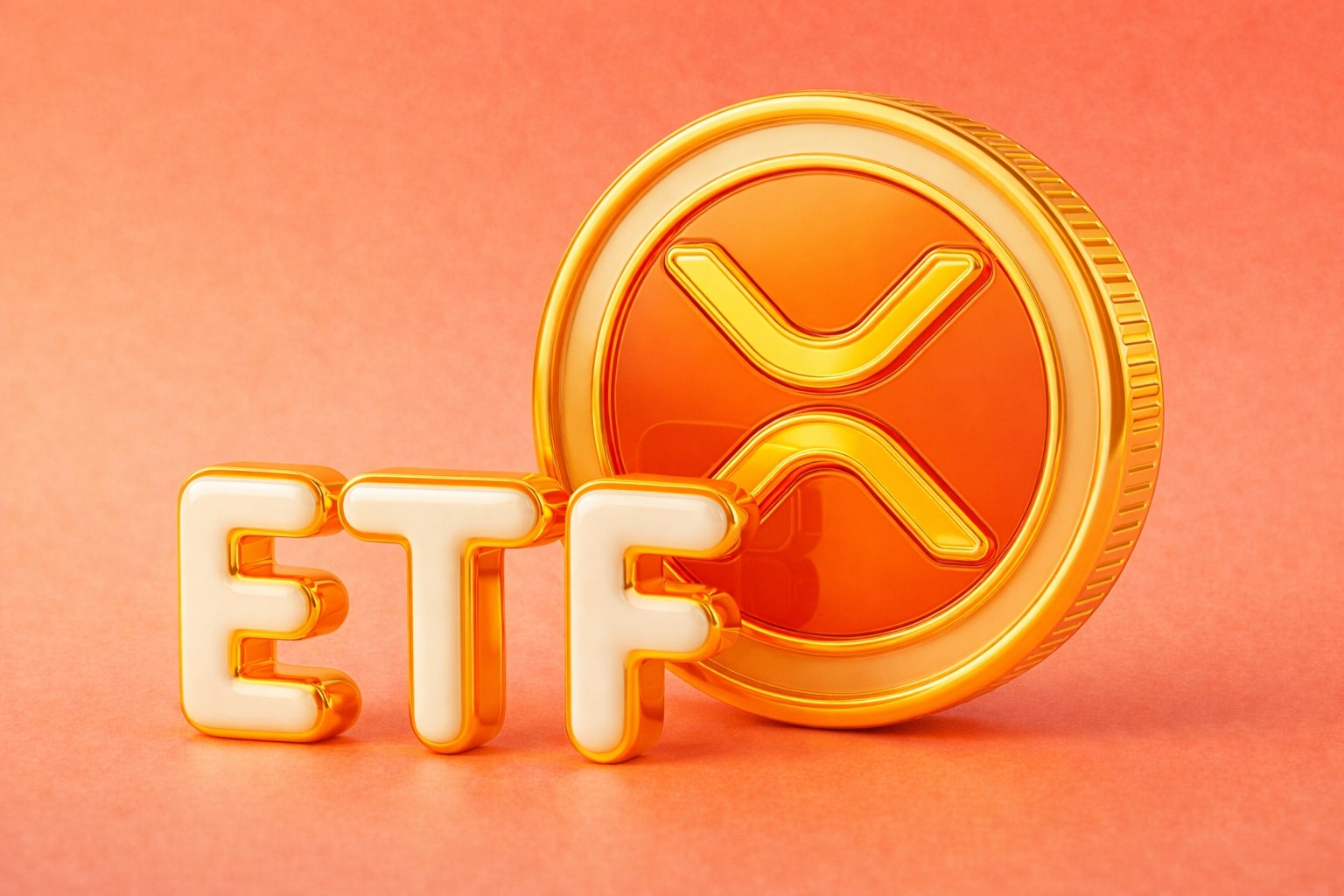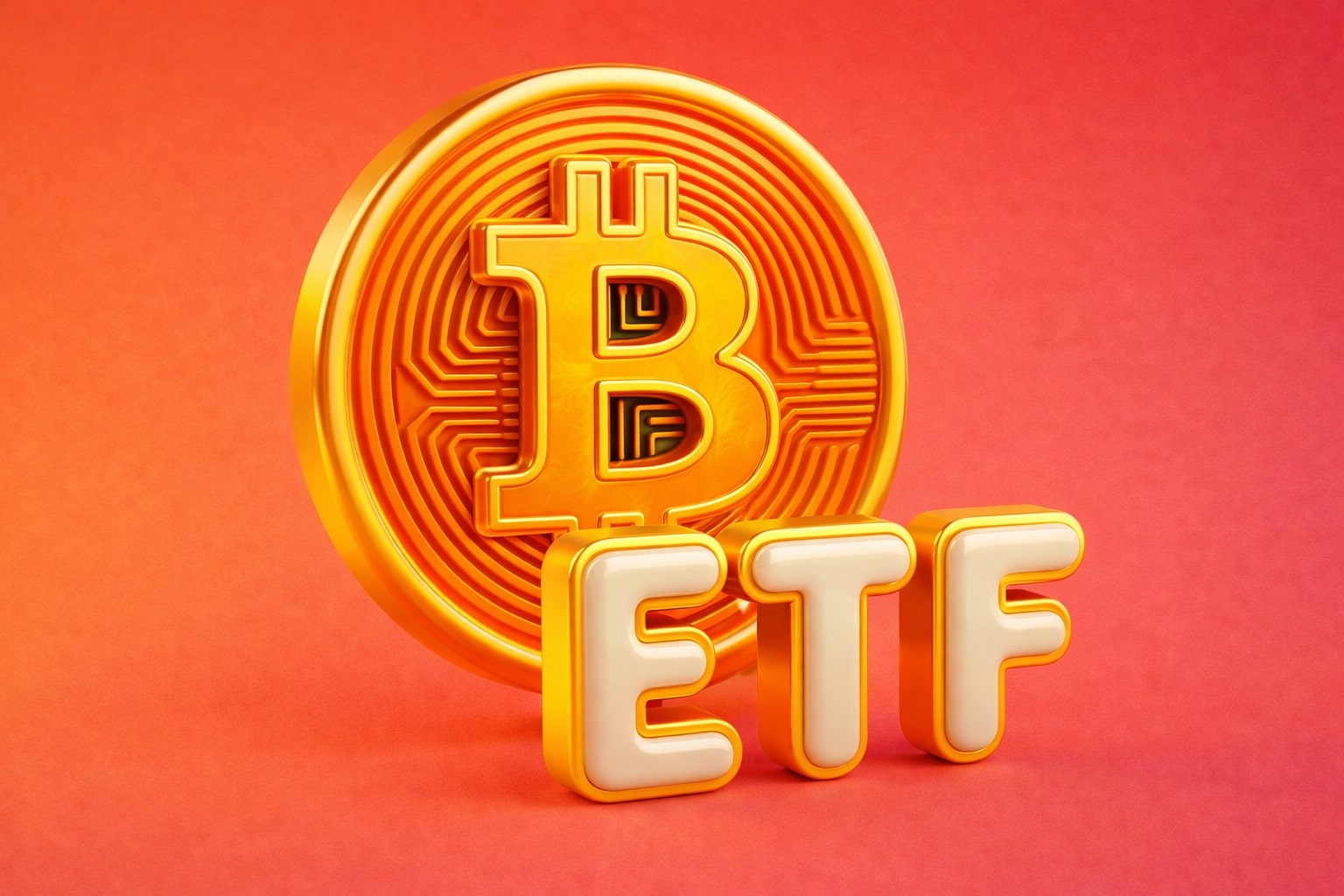Wall Street Futures Edge Higher as Nasdaq and S&P 500 Hold Record Territory
U.S. stock futures hovered slightly higher on Sunday evening, with Dow Jones Industrial Average (YM=F), S&P 500 (ES=F), and Nasdaq 100 (NQ=F) futures each up around 0.1%, signaling another cautious start to the week after one of the strongest Octobers on record. The S&P 500 (SPX) closed Friday at 5,570.32, up 0.8% for the day and 7.3% for the month, while the Nasdaq Composite (IXIC) ended at 18,090, up 7.1% in October, marking its best month since 2018. The Dow Jones Industrial Average (DJI) finished at 41,200, posting its fourth consecutive weekly gain, reflecting renewed optimism across large-cap industrial and financial names as investors rotated back into blue chips after weeks of tech-driven volatility.
Amazon Surges 9.77% as AI and Cloud Lead Market Outperformance
Amazon (NASDAQ: AMZN) delivered one of the most powerful moves of the session, closing +9.77% higher at $244.63, driven by the acceleration of its cloud division Amazon Web Services (AWS), which now operates at an annualized run rate exceeding $100 billion. CEO Andy Jassy reaffirmed that “AI will transform every workflow inside Amazon,” as the company continues to leverage its Bedrock platform to expand developer access to large language models. This strong momentum placed Amazon among the week’s top Nasdaq gainers, alongside Tesla (NASDAQ: TSLA), which rose +3.74% to $239.44, and Netflix (NASDAQ: NFLX), which gained +2.74% to $567.81, benefiting from bullish analyst revisions on subscription growth and content performance.
Apple and Microsoft Dip Despite Strong Fundamentals
Apple (NASDAQ: AAPL) ended Friday’s session slightly lower at $270.57, down 0.31%, even as iPhone sales continued to beat expectations. The company’s flagship device still accounts for about half of Apple’s total revenue, and its integration of Apple Intelligence across iOS, iPadOS, and macOS is expected to drive incremental growth heading into 2026. Apple remains the cornerstone of Berkshire Hathaway’s (NYSE: BRK.B) equity portfolio, representing 24.3% of holdings, with Warren Buffett maintaining that it’s a consumer brand first and a technology firm second. Meanwhile, Microsoft (NASDAQ: MSFT) dipped 0.41% to $412.88, despite cloud and AI revenue strength. Analysts attributed the mild decline to sector rotation, not fundamentals, as Azure revenue is still expanding near 28% year-over-year, with demand for generative AI services surging across enterprise customers.
Nvidia Holds $5 Trillion Market Cap Amid Bubble Fears
Nvidia (NASDAQ: NVDA) closed the week at $1,218.30, nearly unchanged, preserving its historic $5 trillion market capitalization, the highest in the world. CEO Jensen Huang confirmed that Nvidia’s Blackwell and Rubin architectures carry an order pipeline exceeding $500 billion, underscoring unmatched demand for AI chips. The company’s stock has climbed 51% year-to-date, fueled by hyperscaler spending from Amazon, Alphabet (NASDAQ: GOOGL), Meta Platforms (NASDAQ: META), and Microsoft, which collectively are investing more than $1 trillion annually in AI infrastructure. Yet warnings are emerging: analysts note that AI-linked equities now account for 35% of S&P 500 assets, heightening systemic risk if the sector overheats. The parallels to the dot-com bubble are drawing increased scrutiny, with historical comparisons pointing to Cisco Systems (NASDAQ: CSCO) — still below its 2000 peak — as a cautionary example.
Beyond Meat Skyrockets 238% as Meme Momentum Returns
In an extraordinary move, Beyond Meat (NASDAQ: BYND) surged 238% between October 17 and October 24, outpacing every major tech stock including Nvidia. The plant-based food company’s rally was fueled by retail speculation and short covering after announcing a $1.1 billion convertible note offering and a new nationwide distribution agreement with Walmart (NYSE: WMT). Shares touched $10.46 before closing at $9.91, up from just $2.93 two weeks earlier. Despite the surge, Beyond Meat’s fundamentals remain under strain: trailing twelve-month revenue is roughly $315 million, down from pandemic-era highs near $465 million, with free cash flow still deeply negative. The stock’s newfound meme status on Reddit and X (formerly Twitter) mirrors the GameStop frenzy of 2021, but analysts warn its liquidity and operational outlook remain fragile.
Intel Regains Relevance as Semiconductor Landscape Rebalances
Intel Corporation (NASDAQ: INTC) has doubled this year, up 100% year-to-date, reclaiming investor confidence after restructuring its core divisions. The stock last traded at $46.70, with market capitalization nearing $196 billion, supported by strong foundry execution and fresh government funding aimed at strengthening U.S. chip independence. Intel’s recovery was accelerated by capital inflows from Nvidia and federal CHIPS Act support. Plans to separate its design and manufacturing units could unlock significant shareholder value, making Intel a renewed favorite for value investors. The company’s forward P/E ratio of 17x remains a stark contrast to Nvidia’s 40x, highlighting Intel’s positioning as a lower-risk semiconductor bet amid rising AI volatility.
Palantir and Robinhood Earnings in Focus as Volatility Builds
All eyes now turn to Palantir Technologies (NASDAQ: PLTR) and Robinhood Markets (NASDAQ: HOOD) as they prepare to release quarterly results. Palantir shares have rallied to $31.02, up 12% in the last two weeks, as investors expect record Q3 revenue near $705 million and operating margins around 25%, driven by expanding U.S. government and defense contracts. Meanwhile, Robinhood trades near $21.00, with analysts forecasting EPS of $0.09 and revenue near $548 million, buoyed by stronger retail trading volumes and increased margin interest income. The company’s expansion into retirement accounts and debit-linked cash management has strengthened its long-term profile, though regulatory scrutiny remains a wild card. Both earnings could inject significant volatility into the Nasdaq Composite, where implied volatility spiked 7% ahead of the reports.
Energy and Banking Stocks Lag as Bond Yields Ease
The rally in growth and technology shares contrasted with weakness in cyclical sectors. The Energy Select Sector SPDR Fund (NYSEARCA: XLE) declined 1.2%, pressured by softer crude prices, with WTI (CL=F) settling near $80.95 per barrel and Brent (BZ=F) around $85.40. ExxonMobil (NYSE: XOM) slipped to $114.88, while Chevron (NYSE: CVX) eased 0.9% to $147.11. Financials were equally muted: JPMorgan Chase (NYSE: JPM) fell 0.8% to $192.46, and Wells Fargo (NYSE: WFC) dropped 0.6% to $56.73, as bond yields moderated. The 10-year Treasury yield eased to 4.31%, down from 4.55%, providing mild support to equity valuations but signaling that investors remain cautious ahead of the next inflation report and potential Bank of England rate cut.
European Markets Pull Back After Record October Rally
Across Europe, equities cooled following a historic month. The FTSE 100 (UKX) dropped 42 points to 9,717, while the AIM All-Share Index slipped 0.5% to 770.58, marking the first weekly decline in five weeks. Traders in London turned cautious ahead of the Bank of England’s upcoming policy decision and the UK government’s fiscal update. In small caps, resource plays like Mkango Resources (AIM: MKA) and Helium One Global (AIM: HE1) drew interest after announcing drilling milestones in Colorado and Africa, respectively. Meanwhile, Barclays (LON: BARC) joined Goldman Sachs (NYSE: GS) and UniCredit (BIT: UCG) in forecasting a BOE rate cut next week, which could further lift risk sentiment across European equities.
AI Infrastructure CapEx Surges Beyond $1 Trillion Annualized
AI capital expenditure continues to soar across global hyperscalers. Combined filings from Amazon, Meta, Alphabet, and Microsoft show AI-related CapEx surpassing $1 trillion annualized, a level unseen in corporate technology history. Infrastructure service firms like Oracle (NYSE: ORCL), CoreWeave, and Nebius are scaling GPU procurement, creating a cascading effect that benefits secondary suppliers. Super Micro Computer (NASDAQ: SMCI) has gained over 60% year-to-date, now trading at $884.20, with backlog orders exceeding $14 billion, while Arista Networks (NYSE: ANET) rose 58% YTD to $303.74, benefiting from high-speed networking demand in AI data centers.
Market Outlook: Valuations Elevated but Rotation Continues
Despite stretched valuations, equity momentum remains intact. The S&P 500’s forward P/E ratio stands at 21.9x, well above its 10-year average of 17.2x, underscoring the premium investors are paying for growth exposure. The rotation from mega-cap tech into industrials and financials signals early diversification, yet AI-heavy portfolios still dominate the benchmark. Traders expect increased volatility through mid-November as key earnings and macro data converge.
Buy/Sell/Hold View:
Nvidia (NVDA) — Hold, valuation extreme despite structural tailwinds.
Amazon (AMZN) — Buy, cloud and AI expansion accelerating revenue base.
Intel (INTC) — Buy, compelling turnaround with institutional backing.
Beyond Meat (BYND) — Sell, speculative momentum unsustainable.
Palantir (PLTR) — Hold, strong earnings potential but priced for perfection.
Overall Market Outlook: Cautiously Bullish on continued sector rotation and earnings resilience, with Nasdaq and S&P 500 likely to extend gains into mid-November barring macro shocks.
That's TradingNEWS



















